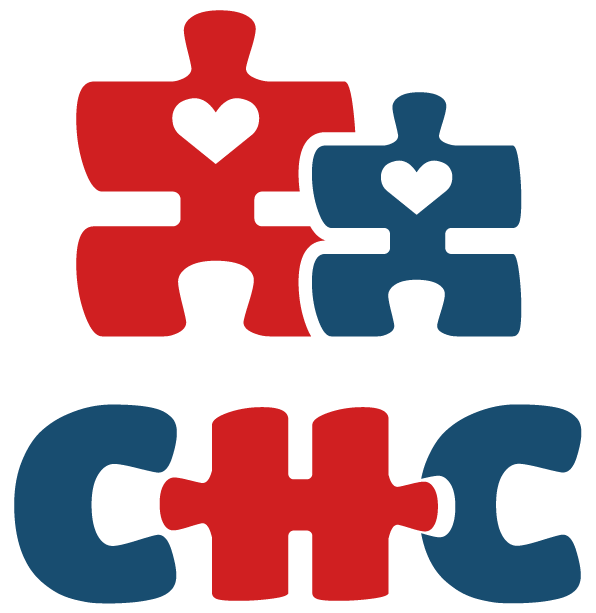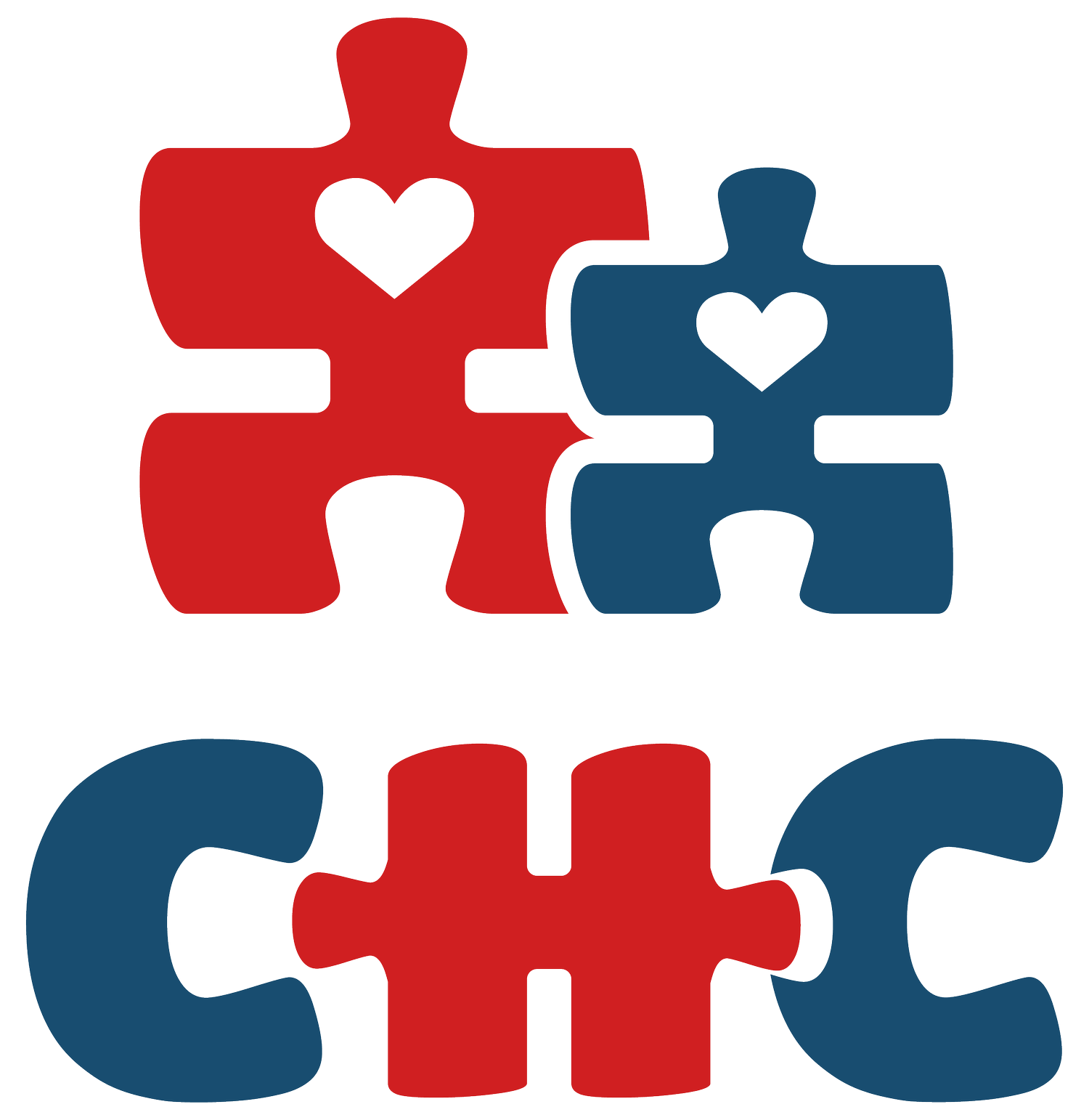Control inhibitorio en niños: una habilidad clave para el desarrollo
El control inhibitorio es una de las funciones ejecutivas más importantes. Se refiere a la capacidad de detener una respuesta impulsiva o automática para actuar de manera más reflexiva y adecuada a la situación.
En la infancia, esta habilidad se refleja en acciones cotidianas como esperar el turno durante un juego, seguir instrucciones, no interrumpir cuando alguien habla o evitar situaciones peligrosas. Desarrollar un buen control inhibitorio permite a los niños adaptarse mejor a su entorno, mejorar su convivencia y potenciar su aprendizaje.
Autismo y TDAH
En niños con Autismo y TDAH, el control inhibitorio suele estar afectado debido a diferencias en las áreas cerebrales encargadas de la autorregulación y el autocontrol.
En el caso del autismo, pueden presentarse dificultades para inhibir conductas repetitivas, reacciones intensas ante cambios o comportamientos peligrosos. Mientras que en niños con TDAH, la impulsividad y la búsqueda de gratificación inmediata pueden dificultar esperar, seguir secuencias o frenar una acción peligrosa o inadecuada.
Afortunadamente, esta habilidad puede entrenarse y fortalecerse con estrategias adecuadas y acompañamiento terapéutico especializado.
Durante la infancia, el control inhibitorio se va fortaleciendo conforme madura la corteza prefrontal del cerebro y los niños adquieren más experiencias de aprendizaje. Este proceso puede estimularse activamente mediante enseñanza estructurada, apoyos visuales y refuerzo positivo.
Desde la Terapia ABA (Análisis Aplicado de la Conducta), se utilizan estrategias sistemáticas para enseñar a los niños a esperar, controlar impulsos y autorregularse en distintas situaciones del día a día.
Estrategias ABA para fortalecer el control inhibitorio
1. Instrucciones concretas y claras: Utilizar frases simples y predecibles, como “Primero esperamos, después jugamos”.
2. Modelado y refuerzo positivo: Mostrar la conducta deseada y reforzar los intentos exitosos (“Esperaste tu turno, ¡muy bien!”).
3. Entrenamiento en espera: Comenzar con periodos cortos (3 segundos, por ejemplo) e ir aumentando progresivamente.
4. Apoyos visuales y rutinas predecibles: Emplear relojes de arena, temporizadores o pictogramas que representen la acción de “esperar”.
5. Juegos que fomentan la inhibición: Actividades como “Simón dice”, “Semáforo rojo y verde”, “Estatuas” o “Stop” ayudan a practicar la pausa antes de actuar.
¿Quieres saber más sobre cómo la Terapia ABA puede ayudar a tu hijo a desarrollar habilidades de autocontrol y autorregulación? Comparte tus dudas y comentarios.
Solimar Rodríguez - Terapeuta de Conducta
Venezuela - USA
https://www.cognifit.com/cl/inhibicion
https://www.foothillsacademy.org/community/articles/inhibitory-control-adhd
Inhibitory control in children: a key skill for development
Inhibitory control is one of the most important executive functions. It refers to the ability to stop an impulsive or automatic response in order to act in a more thoughtful and appropriate manner.
In childhood, this skill is reflected in everyday actions such as waiting for one's turn during a game, following instructions, not interrupting when someone is speaking, or avoiding dangerous situations. Developing good inhibitory control allows children to better adapt to their environment, improve their coexistence, and enhance their learning.
Autism and ADHD
In children with autism and ADHD, inhibitory control is often impaired due to differences in the areas of the brain responsible for self-regulation and self-control.
In the case of autism, there may be difficulties in inhibiting repetitive behaviors, intense reactions to change, or dangerous behaviors. Meanwhile, in children with ADHD, impulsivity and the pursuit of immediate gratification can make it difficult to wait, follow sequences, or stop dangerous or inappropriate actions.
Fortunately, this skill can be trained and strengthened with appropriate strategies and specialized therapeutic support.
During childhood, inhibitory control strengthens as the prefrontal cortex of the brain matures and children gain more learning experiences. This process can be actively stimulated through structured teaching, visual aids, and positive reinforcement.
ABA (Applied Behavior Analysis) therapy uses systematic strategies to teach children to wait, control impulses, and self-regulate in different everyday situations.
ABA strategies to strengthen inhibitory control
1. Concrete and clear instructions: Use simple and predictable phrases, such as “First we wait, then we play.”
2. Modeling and positive reinforcement: Demonstrate the desired behavior and reinforce successful attempts (“You waited your turn, well done!”).
3. Waiting training: Start with short periods (3 seconds, for example) and gradually increase.
4. Visual supports and predictable routines: Use hourglasses, timers, or pictograms that represent the action of “waiting.”
5. Games that encourage inhibition: Activities such as “Simon Says,” “Red and Green Traffic Lights,” “Statues,” or “Stop” help practice pausing before acting.
Would you like to learn more about how ABA therapy can help your child develop self-control and self-regulation skills? Share your questions and comments.

